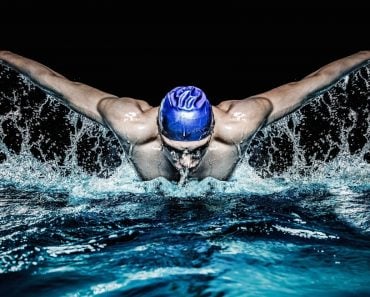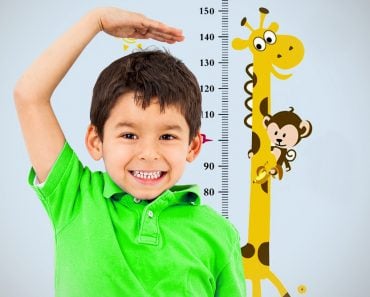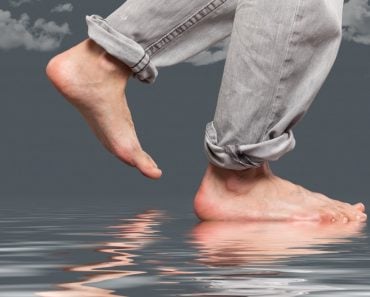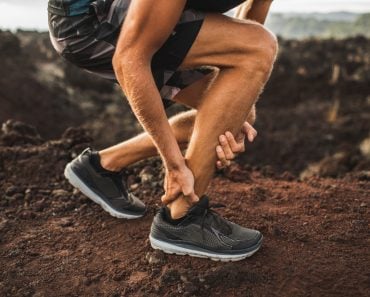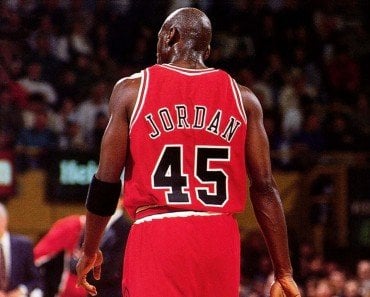Table of Contents (click to expand)
Michael Phelps’s height, wingspan, and large hands and feet give him an advantage in swimming. His body also produces less lactic acid than his rivals, which shortens his recovery time. However, his success is also due to his dedication and hard work.
With 28 medals, Michael Phelps is the most decorated Olympian of all time. At the height of his career in Rio 2016, he had won no fewer than 23 gold medals, more than twice that of the second-highest record holder! His record will not break anytime soon.
Like the icing on the cake of his achievements, he broke Mark Spitz’s record in the 4-meter relay, which had stood since 1972. Phelps is definitely a superman. He’s basically the Lionel Messi/Christiano Ronaldo of swimming.
After winning eight gold medals at the 2008 Beijing Games, there was no doubt he would be named Sports Illustrated’s “Sportsman of the Year 2008.”
As expected, he did.
Recommended Video for you:
What Makes Phelps So Good At Swimming?
For him, the medal podium is like a second home. His quick combination of genetics, willpower, and skill has led to his enormous medal count. Phelps has an oddly ergonomic efficiency advantage over his competitors in the pool.
His extreme advantage is due to his freaky body structure. The following abnormal characteristics of his body play a big role in his extraordinary talent.
Michael Phelps Height
He stands tall at 6’4″, which is the ideal height for swimming. Height gives swimmers a competitive edge since they have longer arms and torso to propel themselves forward. The average height of an Olympic finalist in 2016 was 6’2″.
Phelps, though, not only has height on his side, but he also has unusually long arms.
Michael Phelps Wingspan
His arm span is 6’7″, 3 inches more than his height. Generally, a person’s arm span is equal to their height, but Phelps is not an ordinary person. This anomalous characteristic gives him an absurd amount of pulling power in the water. Basically, his arms work as powerful propulsive (boat) paddles in a more efficient way than his competitors.
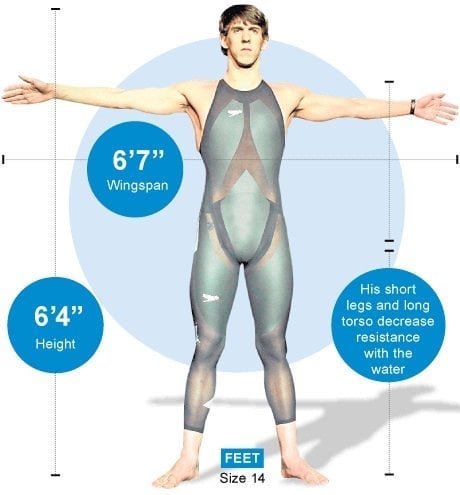
Torso
His upper body is that of a 6 ‘8 “man, which is insanely long. With each stroke, he can have amazing reach, pulling him through the water ahead of the competition.
Lower Body
Surprisingly, his lower body is only 5 ’10 “long, which is beneficial as it reduces drag against water.
Palms and Feet
Phelps has huge palms that support his paddling ability and is 14 feet tall, which essentially act as flippers (the kind of fingerless arms that seals have).
This humongous set of feet is attached to extremely flexible ankles, which work like fins (similar to a shark).
Lactic Acid
When the human body physically exerts itself, the muscles produce lactic acid in response to insufficient oxygen. Exercise physiology experts have long proposed that high lactic acid levels in the muscles are linked to fatigue. To prepare for another round of physical activity, our body must recover from the effects of the acid.
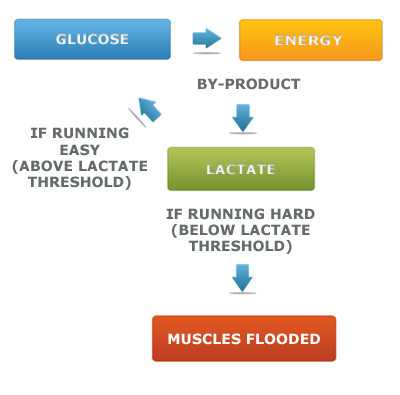
Athletes often get their lactate levels checked, and according to some, Phelps’s body produces half as much lactic acid as his rivals, significantly shortening his recovery time and allowing him to endure longer swims without slowing down.
If not all, athletes face tight muscles, muscle pulls, hamstrings, and body stiffness in the lower body during their training. Although this can be tackled by stretching the target muscles using dedicated equipment like stretching machines, Phelps has a natural advantage.
Genetics Is Not The Only Reason Behind Phelps’ Success!
Two words should not be forgotten: Dedication and Hard work
Saying that someone is “born” to win is an absurd claim. It is an innate “desire to win.” Michael Phelps is no exception.
His extensive medal collection results from the extremely hard work and dedication he puts into his training each year.
Six hours a day in a six-day training week is no joke.
Michael Phelps spends a lot of his time training in the pool. The part of his fitness program in the pool consists of swimming a whopping 80 km each week, which is more than 13 km per training day. I don’t even run that much in a month! Besides this huge amount of time in the pool, he also spends much of his time in the gym.
Michael Phelps Diet
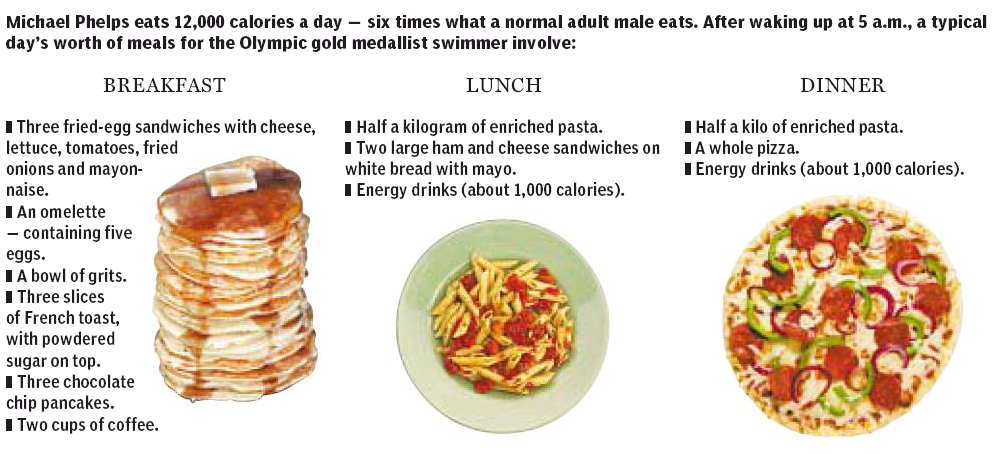
A superhuman like Phelps requires a superhuman diet. Phelps consumes 12,000 calories per day! (An average person requires 2200-2700 calories, depending on his/her body structure). Just reading the amount of food he eats daily is enough to give anyone a stomachache.
This enormous calorie intake is necessary to balance all the calories he burns during his workout to ensure that he does not lose weight.
The work he puts into his training is no joke. His success is based primarily on his training; his genetic advantages are only secondary. The question is, will we see another athlete of his caliber in the future?
Last Updated By: Salama Yusuf

